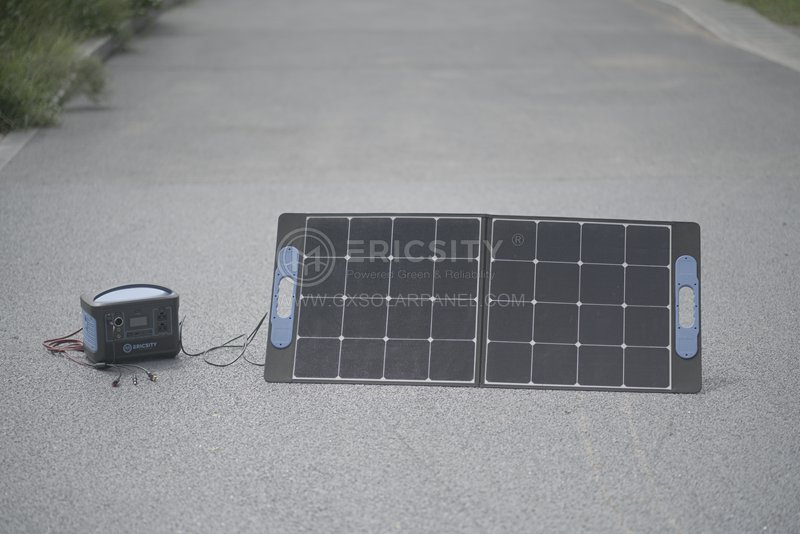HOT PRODUCT
Product Details
Bifacial Solar Panels: Frequently Asked Questions And Pricing Insights
Bifacial Solar Panels: Frequently Asked Questions And Pricing Insights
The increasing demand for renewable energy has led to advancements in solar technology, with bifacial solar panels gaining popularity among homeowners and businesses alike. These innovative panels are capable of generating electricity from both sides, capturing sunlight from above and reflected light from below, thereby maximizing energy production. If you’re considering investing in bifacial solar panels, this article aims to answer some frequently asked questions and provide pricing insights.
1. How do bifacial solar panels work?
Bifacial solar panels are designed with a transparent backsheet that allows for the absorption of sunlight from both sides. Traditional solar panels only harness the direct light that strikes the front surface, while bifacial panels also utilize the reflected light from the surface beneath, such as the ground or nearby structures. This design significantly increases energy output by up to 20-30% compared to traditional panels.


2. What are the advantages of bifacial solar panels?
– Enhanced energy production: Bifacial panels can utilize the dual-sided light source, capturing more photons and generating additional electricity.
– Greater efficiency: These panels can deliver a higher energy yield per unit area, making them suitable for installations with limited space.
– Durability: Bifacial solar panels are made using high-quality materials that enhance their lifespan, ensuring long-term efficiency and performance.
– Aesthetically pleasing: With transparent backsheets, bifacial panels have a sleek appearance that seamlessly blends into the surrounding environment.
3. Are bifacial solar panels suitable for all locations?
Bifacial panels perform best in certain conditions, particularly locations with high albedo, which refers to the reflective properties of the surface beneath the panels. The ideal conditions include installations on light-colored roofs, over water, or when ground-mounted on reflective surfaces. However, even in less than ideal conditions, bifacial panels can still outperform traditional panels.
4. How is the pricing of bifacial solar panels?
The cost of bifacial solar panels varies depending on several factors:
– Quality and technology: Higher quality panels and advanced technologies may come with a higher price tag but can offer increased efficiency and performance.
– Installation type: The installation method, such as rooftop or ground-mounted, can impact overall pricing.
– Size and capacity: Larger panels with higher wattage capacities will generally cost more but can provide greater electricity generation capacity.
– Additional components: Prices may also include inverters, mounting systems, and installation labor.
As of 2021, the average cost of bifacial solar panels ranges from $0.85 to $1.25 per watt. However, it’s important to note that prices are subject to change based on market fluctuations, regional variations, and other project-specific factors. Consulting with a reputable solar installer or obtaining multiple quotes will help determine the exact pricing for your specific installation.
In conclusion, bifacial solar panels offer numerous benefits, including increased energy production, improved efficiency, and appealing design. Although they are most effective in locations with high albedo, they can still outperform traditional panels in various settings. When considering the cost of bifacial panels, factors such as quality, installation type, size, and additional components should be considered. By obtaining multiple quotes and consulting with professionals, you can make an informed decision and harness the power of bifacial solar panels for your energy needs.




